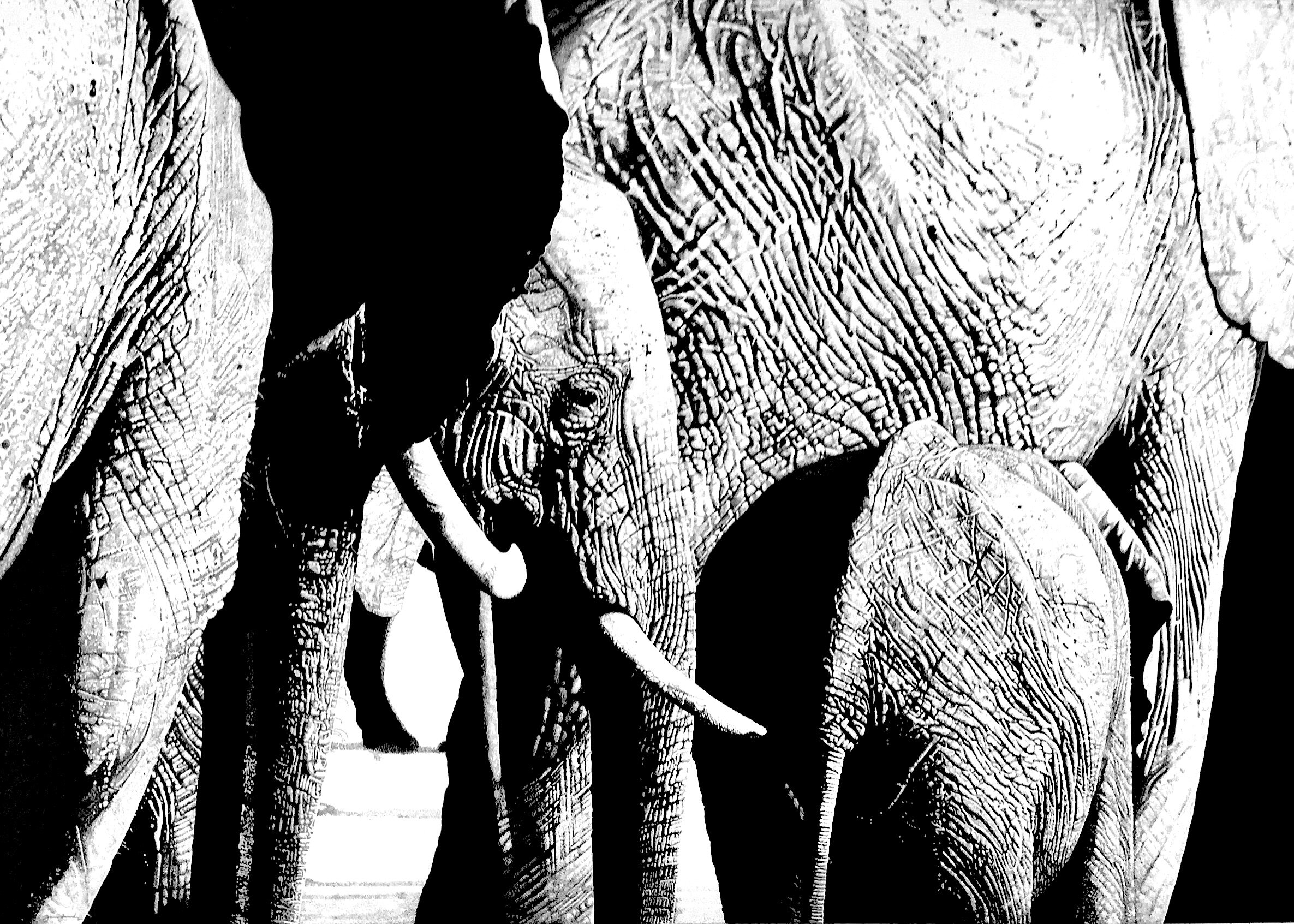Greetings from my studio.
As the summer sun warms the dry landscape here in California and we embrace the middle of 2024, I’m thrilled to highlight one of my new drawings and reflect on the connections that shape my artistic journey.
‘Peregrine Falcon’
Pen and ink on paper, 24 x 35 inches
One of my earliest and most vivid memories is watching a peregrine falcon hunt over my father’s pointer dogs. These moments not only marked the beginning of our family safari business but also ignited a spark that would later fuel my passion for art and depicting scenes of wildlife and nature.
In this piece, I aimed to immortalise the falcon's grace and power and convey the reverence I feel for this raptor. The stark contrasts and intricate details of the pen and ink allow me to highlight the falcon's streamlined form and the elegance of its feathers. The falcon's sharp gaze and poised stance evoke memories of the early mornings I spent watching these magnificent birds fly, captured in a drawing right before the hunt.
Incorporating animals and art in storytelling has connected humans through time. Through my artwork, I aim to honor those traditions. I hope my work resonates with you and inspires you to see the profound beauty that I see and the bond that connects us with the natural world.
This drawing is available for purchase. Please contact me if you would like more information.
Warm regards,
Brennan Seward













